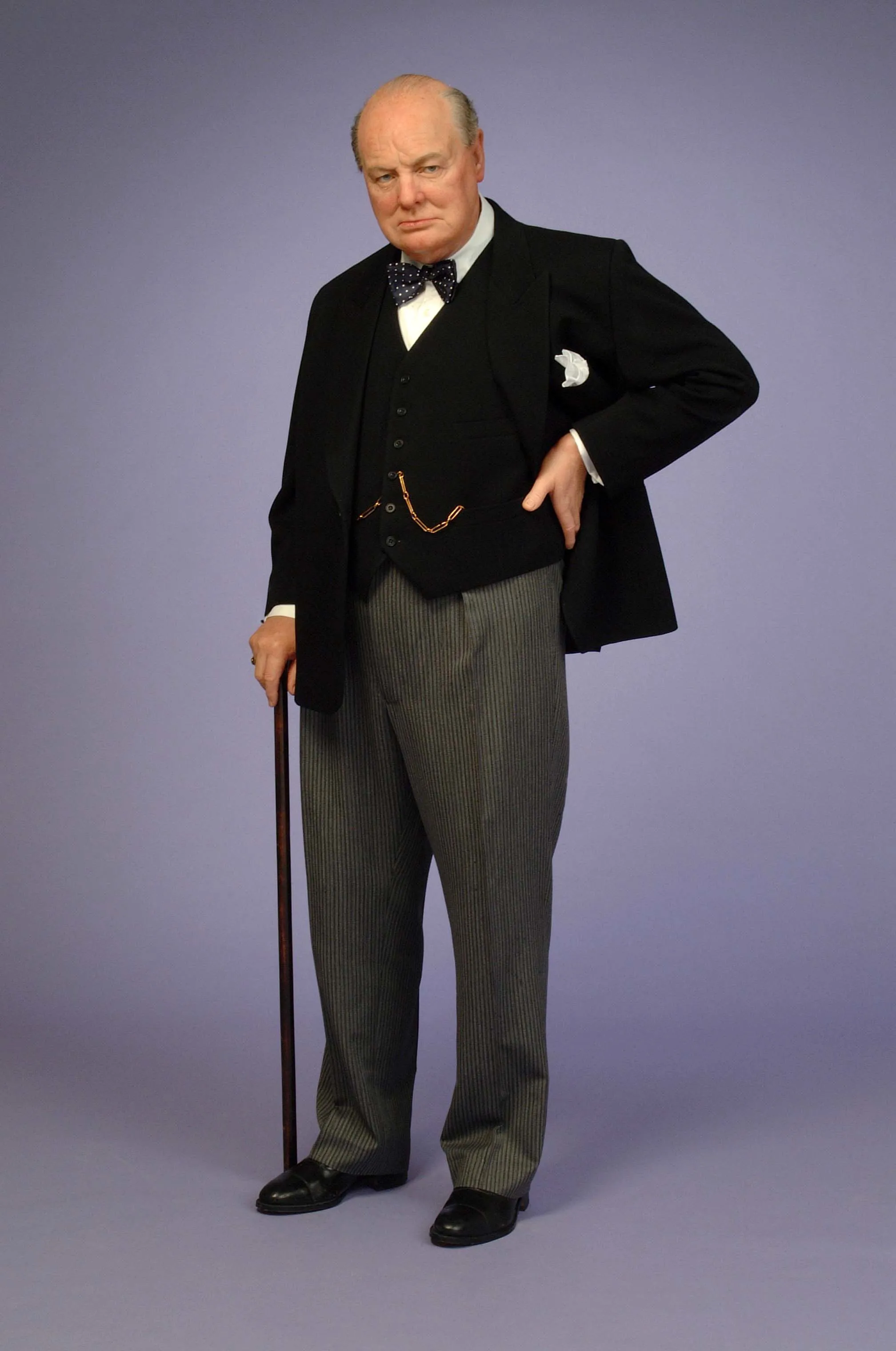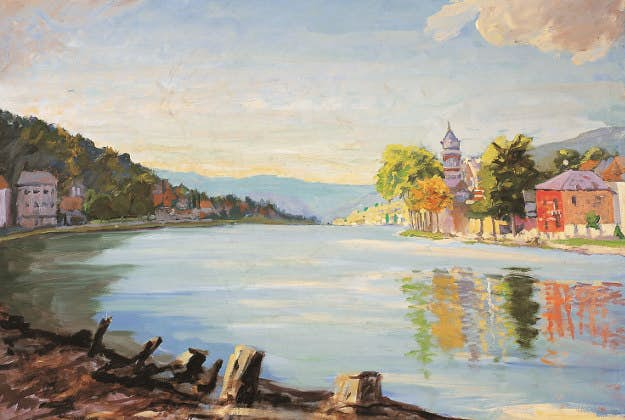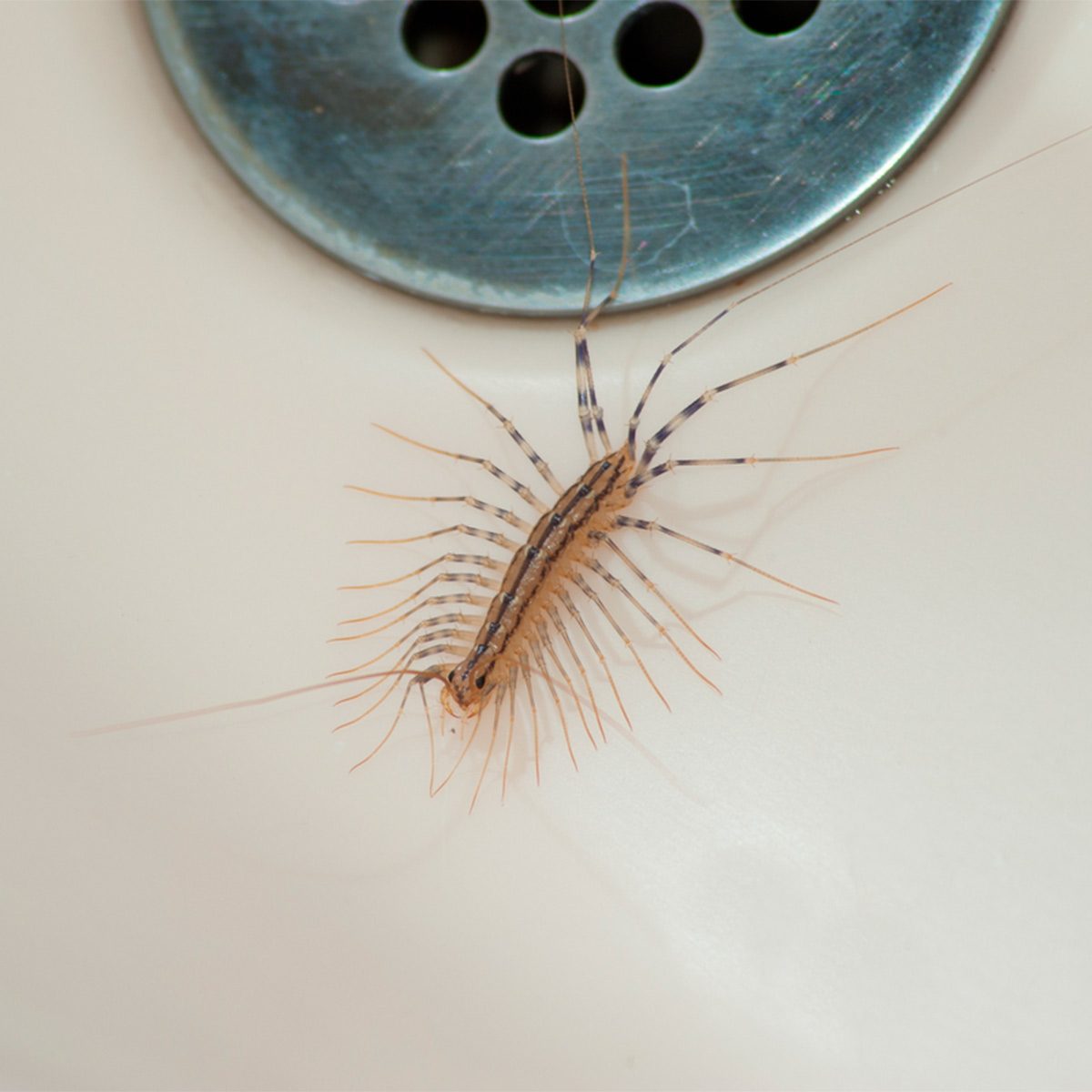Table of Content
Churchills country home was his escape and his moments of calm. They were not just impersonal and designed by a design team. Nik and I could just imagine the Churchill’s wandering around them, perhaps pondering and fretting over the growing unrest in the world. As you walk through the rooms, you truly do get a sense of the man Churchill was. An abundance of books in the library, many received as gifts and inscribed with messages.
During the Great Depression, Churchill lost a fortune and throughout the 1930s contemplated having to sell the place. Winston Churchill is such a widely known figure that it’s easy to build a picture of him based on his actions and his perceptions from history. I sought the answer to this question recently and had the opportunity to tour Chartwell behind the scenes and get an insight into the one British historical figure that I admire the most.
Opening times for 17 December 2022
Their sharing of data on German rearmament was at some risk to their careers; the military historian Richard Holmes is clear that Morton's actions breached the Official Secrets Act. In his lifetime, Churchill published more than 40 books in 60 volumes. Discover the history of nurturing butterflies and bees at Chartwell, from Churchill’s passion for them to how we ensure we garden for them today. Born in 1874 Churchill started his life as a soldier and journalist and travelled the world.

Outside of the family, the most interesting inhabitant of the house is Jock the Cat. Or rather Jock VI. Churchill owned many pets throughout his life, but near the end of his days, he received an orange marmalade cat named Jock, a present from his former secretary Sir John ‘Jock’ Colville. It was decided that there must always be a Jock, orange marmalade cat living at Chartwell.
Categories
I enjoyed visiting Chartwell and learning more about Churchill as a person rather than just the politician. The house, rooms and gardens are presented much in the way they would have looked like and been used for in the 1930s. Churchill himself preferred to live at Chartwell rather than his flat in London, but in 1964 due to bad health, he had to move away from Chartwell.

From the beginning of March until the end of October Chartwell is open to visitors from 11am to 4.15pm every day. Tickets cost £12.50 for adults, £6.25 for children and £31.25 for a family. Cheaper tickets are available for access to garden and studio only.
Great British Houses: Chartwell – The Beloved Home of Sir Winston Churchill – The Home That Was His Daily Inspiration
I found Chartwell’s Death of a Hero exhibition about his death, funeral and legacy very interesting, especially as my parents have told me about their memories of his death and the huge impact which it had on people at the time. I certainly wouldn’t complain living in a house like this and having nice grounds in the middle of the countryside. I visited Chartwell during Christmas time in 2019 and the house was decorated with lots of Christmas trees, flower arrangements and many crafty and inspiring christmassy ideas such as the “champagne tree” you can see in the Dining Room picture.

I live near to Chartwell and have been there several times both with and without my children. Sir Winston Churchill and his family lived at a beautiful country house called Chartwell in Kent in the South of England from 1922 until his death in 1965. The other important building that you don’t want to miss viewing is the Studio located in the gardens.
Explore the house at Chartwell
Despite two years of renovation work, Churchill’s Chartwell was a modestly comfortable, almost suburban home without any of the grandeur one might expect from the home of a victorious wartime prime minister. Tilden attributed Churchill's lake-building to a desire to outdo his colleague and rival Lloyd George's efforts at his country house, Churt. "Churt had a delicious fish-pond, fed by clear streams. Churchill must have a lake - no, two lakes". Details of the sale of the house were not made public and sources provide somewhat differing views as to the sums involved. Josh Ireland suggests that the Camrose consortium paid £85,000 for the estate, with £35,000 going to the National Trust as an endowment, and the remaining £50,000 going to Churchill.

He bought the house for the views across the Weald of Kent, so the spaces inside are laid out best to show his favorite views. He was inspired by the landscape as a political, a writer and as an Englishman. I'm a freelance journalist and blogger specialising in family travel with teenagers, trips when parents manage to travel without their kids, and 50+ travel. I also write about vegetarian travel, parenting teenagers, adoption, SEN, ADHD and anxiety. My work's been published by the Financial Times, Guardian, Independent, National Geographic Traveller, Lonely Planet and others.
Those are great, but I’m so excited to see a building again such as the one I want to talk about today, which is Chartwell. Jonathan is a consummate Anglophile with an obsession for Britain that borders on psychosis. Anglotopia is his passionate side-gig and he's always dreaming of his next trip to England, wishing he lived there - specifically Dorset. In his study of Churchill and his son Randolph, Churchill & Son, Josh Ireland records the running costs of Chartwell in the mid-1930s as being £10,000 per year.

A Grade I listed building, for its historical significance rather than its architectural merit, Chartwell has become among the Trust's most popular properties; 232,000 people visited the house in 2016, the fiftieth anniversary of its opening. Chartwell is located on a hillside, meaning some visitors may have difficulty navigating certain areas. We've listed a few important points below in relation to access at Chartwell to help you plan your visit. Leads into the terrace lawn with views over surrounding estate and countryside. Just before you reach Lady Churchill’s rose garden, sits the Marlborough Pavilion.
The Churchills instead spent their weekends at Ditchley House, in Oxfordshire, until security improvements were completed at the Prime Minister's official country residence, Chequers, in Buckinghamshire. At dinner at Chequers, in December 1940, John Colville, Churchill's assistant private secretary recorded his master's post-war plans, "He would retire to Chartwell and write a book on the war, which he had already mapped out in his mind chapter by chapter". Churchill first saw Chartwell in July 1921, shortly before the house and estate were to be auctioned. He returned the same month with his wife Clementine, who was initially attracted to the property, although her enthusiasm cooled during subsequent visits. In September 1922, when the house had failed to sell at auction, he was offered it for £5,500. He paid £5,000, after his first offer of £4,800, made because "the house will have to be very largely rebuilt, and the presence of dry rot is a very serious adverse factor", was rejected.
In the bulletins, Churchill described in great detail the ongoing works on the house and the gardens, and aspects of his life there. Visitors can explore the house, his painting studio and enjoy the landscaped hillside garden with the breathtaking views that inspired Churchill to buy the house. The National Trust’s team of expert volunteers help to bring Chartwell’s stories alive to visitors all year round.
This is reflected in the art-deco dining room which only seats up to 10 people. Incidentally, the dining room doubled as a film room – they’d close the curtains and have the perfect room to show films. After World War II, Churchill was broke when he was kicked out of office. They made improvements to the house for him – like adding an elevator for the aging leader. They also banded together to buy the house for him to improve his finances. It was then donated to the National Trust with the proviso that Churchill and his wife could live there until they died.

No comments:
Post a Comment